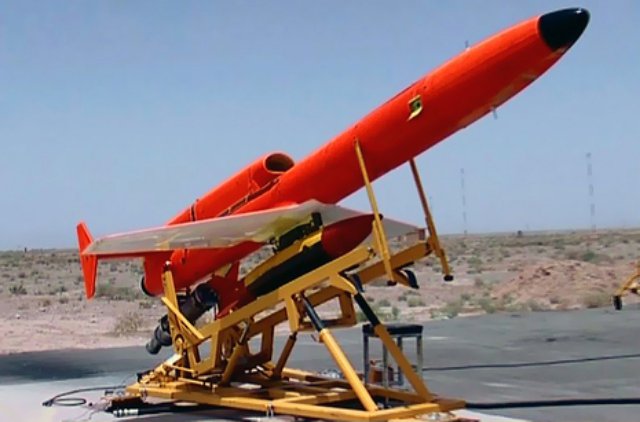Iran claims to have produced a new indigenous unmanned aircraft, which it apparently, “possesses high capabilities and versatile features to meet its objectives.”
Reza Danandeh Hakamabad, the aeronautics engineer in charge of the project, said on Friday that the new remote-controlled aircraft, called Shaparak (Butterfly), has a maximum operational radius of 50 kilometers (31 miles), and a maximum flight ceiling of 15,000 feet (4,572 meters). [Announced in September 2011 – “Iranian Students Design High-Altitude UAS” – Ed.]
The aircraft is capable of three and half hours of non-stop flying, and can carry an 8-kilogram (17-pound) payload. He added that the unmanned aircraft is powered by a two-cylinder engine, and is equipped with three digital colour cameras, that can transmit high-resolution footage to the base on the ground.
Danandeh Hakamabad noted that Shahparak can perform a wide variety of functions, including military missions, border patrol, forest and road traffic monitoring, search and rescue, pipeline monitoring as well as transport.
Over the past years, Iran has developed a number of variants of the indigenous remotely-piloted Ababil aircraft, including the tactical Ababil-5 for medium-range reconnaissance and surveillance missions, the Ababil-T for short/medium-range attack missions, and also the Ababil-B and -S.
Source: Press TV

